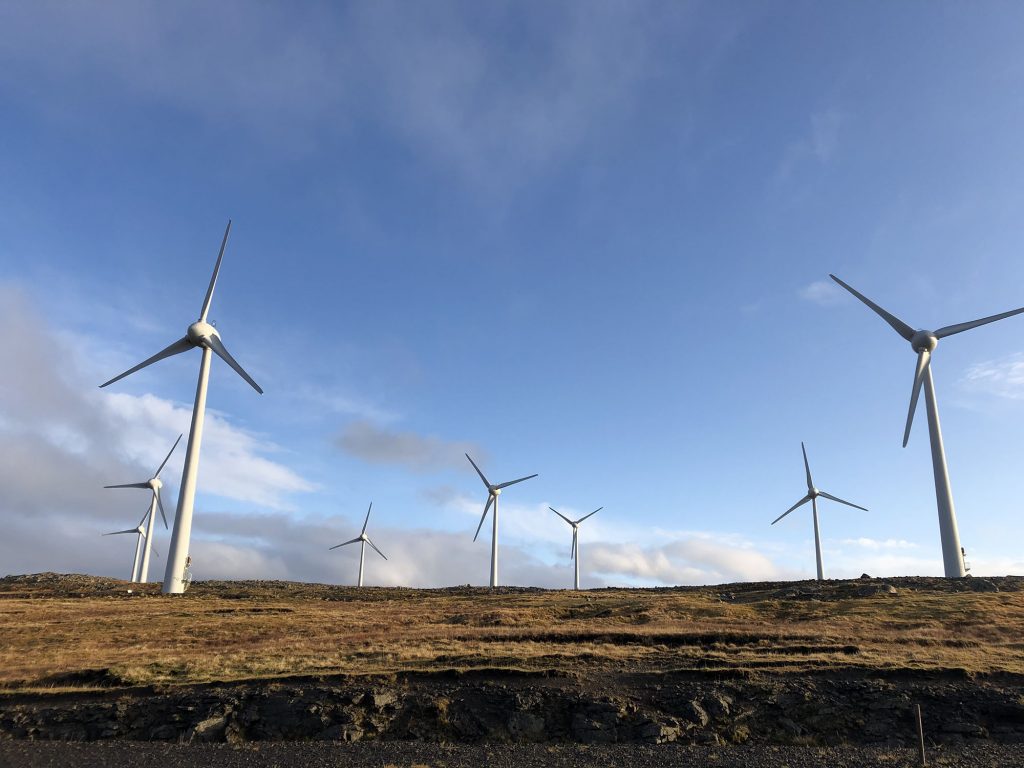Energy development on the biggest Faroese Islands Straymoy and Eysteroy
The Faroe Islands need to create opportunities for a sustainable future themselves. This group of islands is located on the Atlantic Ocean far away from neighboring countries. This means that the islands have no opportunities for buying electricity elsewhere. But they have good conditions for exploiting renewable energy such as tidal- and wind energy.
New innovative energy development is under the way by installing a test site for tidal “kite” technology for converting tidal stream energy to clean electricity. The Swedish marine energy developer “Minesto” and the Faroese power company SEV have received a grant on 2.5 million EUR for a development project on tidal energy from the European Commission’s SME Instrument program. This will support the installation and operation of tidal technology.
Two units of the technology will be installed in the strait of Vestmannasund on Streymoy Island. The installation of the first unit is planned for late 2019 or early 2020, and the other in 2020. The two partners hope to reach 70 MW installed capacity. The project leader at SEV believes that tidal technology can be a valuable player in reaching the goal of 100 % renewable energy.
On the Faroe Islands, wind energy is also considered as a central energy source to reach the goal of 100 % renewable energy onshore on the islands in 2030. SEV has set the goal that more than 25 % of the energy produced on the Faroe Islands should come from wind energy.
The power company opened the largest windmill farm on the Faroe Islands in 2014 in Húsahagi with a total of 13 windmills. The farm is located on the island of Streymoy, a few kilometers northwest of the capital of Tórshavn. Due to the windmills in Húsahagi the production of wind energy went from 8 % of the total energy production on the Faroe Islands to 23 %.
SEV’s other windmill farm is located on the island of Eysteroy in Neshagi and consists of six windmills. The utilization of renewable energy in Neshagi started in 1993 when SEV installed the first windmill there. In 2005, three more windmills were installed, and in 2012 there were six windmills in total.
The electricity system on the Faroe Islands consists of six isolated systems. The main system provides electricity for approximately 90 % of the total Faroese population (45.400 inhabitants) and includes the central, connected islands. The other systems are Suðeroy (4.600 inhabitants) and Koltur, Stóra Dímun, Skúvoy, Fugloy, Mykines from the outer islands (125 inhabitants altogether).
As wind energy is an unstable source, a battery system balances the energy flow produced by the windmills in Húsahagi into the national electricity grid. Furthermore, the system enables a higher yield from wind energy. The battery station was established in conjunction with the windmill farm of Húsahagi in 2014 and is a collaboration between SEV, the French battery manufacturer SAFT, and the German wind turbine producer ENERCON.
Keywords: wind energy, tidal energy, renewable energy, windmill farms, electricity, energy storage, Faroe Islands
